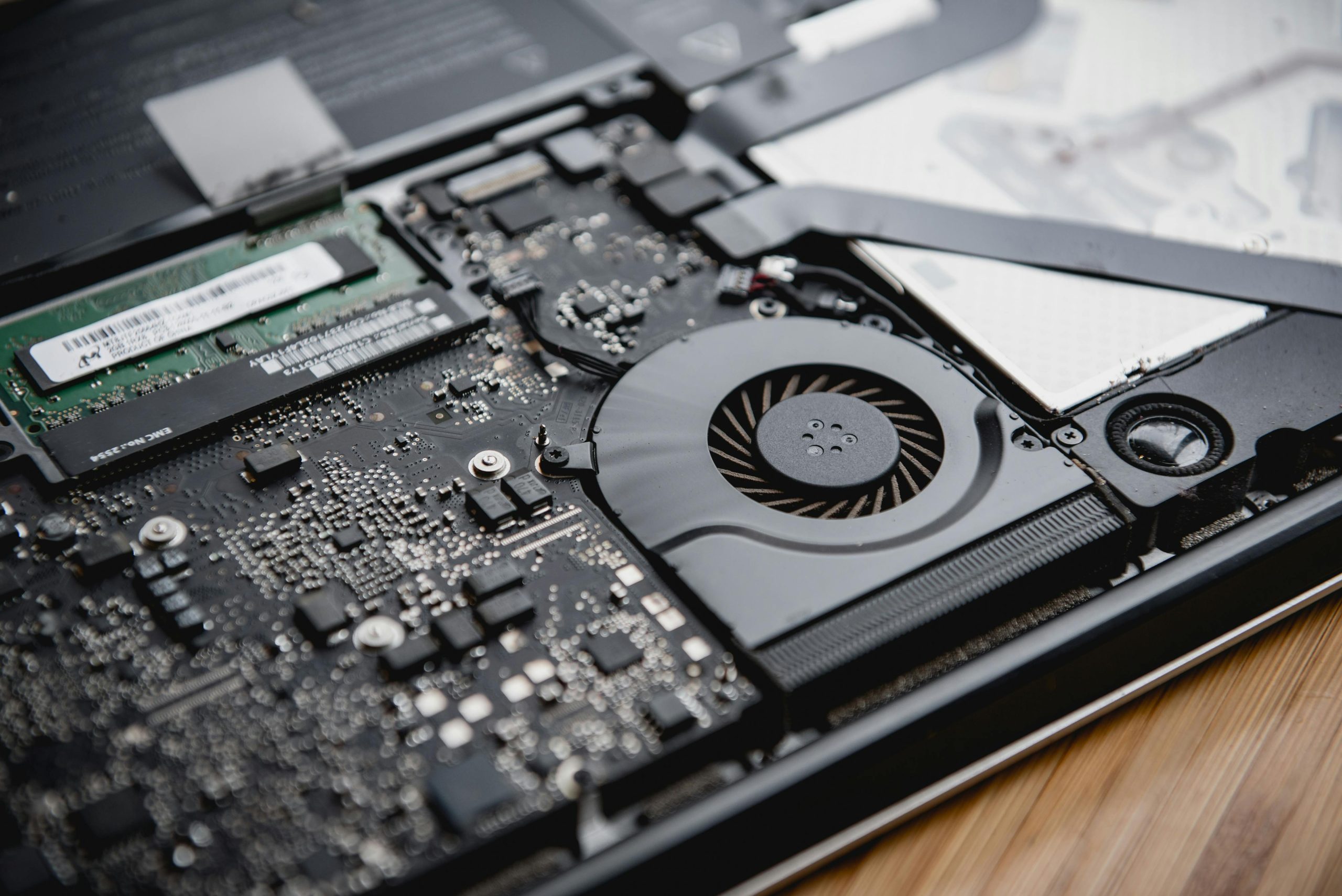How to Confirm Ownership of a Seized External Hard Drive: Expert Recommendations
Discovering that your external hard drive has been stolen can be a stressful experience, especially if it resurfaces in an uncertain context. If someone claims they possess your drive, and you’re seeking a way to verify its ownership, it’s important to understand the tools and steps that can help establish ownership, even when physical evidence appears limited.
The Scenario
Imagine your external hard drive was stolen. Recently, a friend asked a person known to have the drive if they could lend it, and subsequently, you were shown the hard drive. However, the device had been formatted, erasing all data that could serve as proof of ownership. The individual then claims it’s “exactly the same” as your drive, but without any identifiable data or markings, verifying this becomes complex.
Challenges in Verification
Since the drive is formatted, conventional data-based identification—such as unique files, folders, or metadata—is no longer available. Your typical software tools may offer limited help, especially if the device no longer contains any data or if you lack additional proof, like purchase receipts or serial numbers.
Potential Strategies for Verification
-
Check Hardware Identifiers and Serial Numbers
-
Serial Number Inspection: Every external drive has a unique serial number, often printed on the device or accessible through system information tools. Connecting the drive to a Windows PC, you can attempt to retrieve this number via Device Manager:
- Open Device Manager.
- Locate your external drive under Disk Drives.
- Right-click and select Properties.
- Navigate to the Details tab and select Hardware Ids or Serial Number.
-
Physical Inspection: If the device remains physically accessible, inspecting it for any branding, model number, or serial number labels can aid in matching it to your purchase records.
-
Utilize Forensic Software to Extract Metadata
-
You mentioned using tools like Recuva to recover deleted data, which is a good starting point. While Recuva primarily searches for recoverable files, some advanced forensic tools may also recover device-specific information, such as metadata or system logs related to the drive’s previous usage.
-
USB History Reporter and similar tools attempt to log USB connections; however, technical limitations or corrupted logs can hinder their effectiveness. When such tools fail, consider professional data recovery services that specialize in digital forensics.
Share this content:

